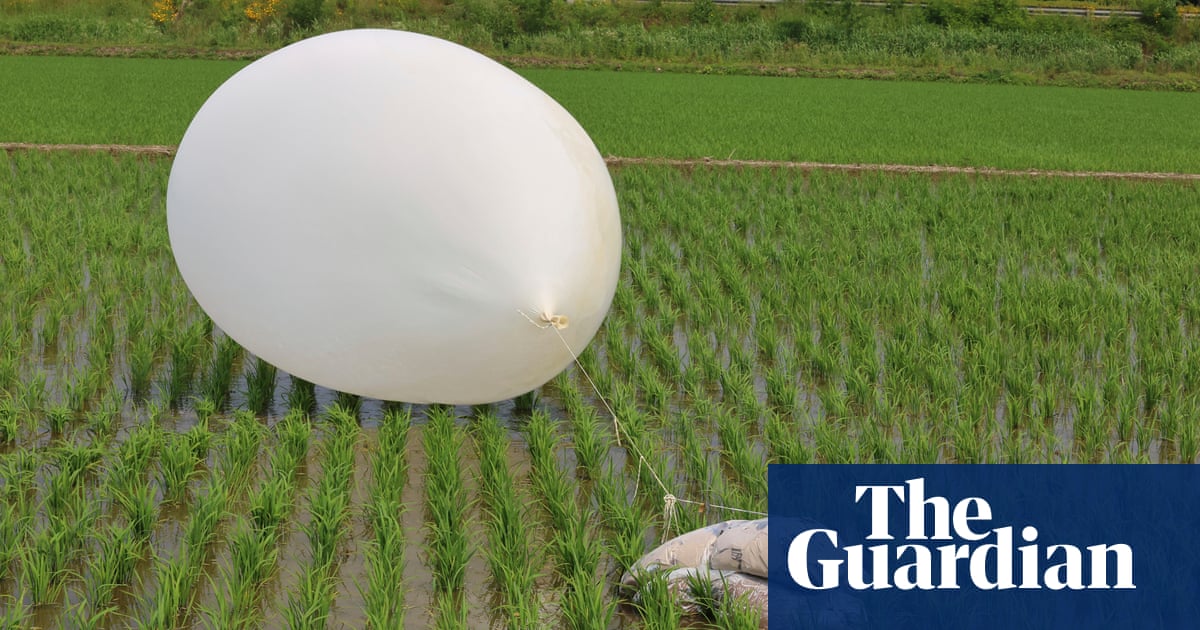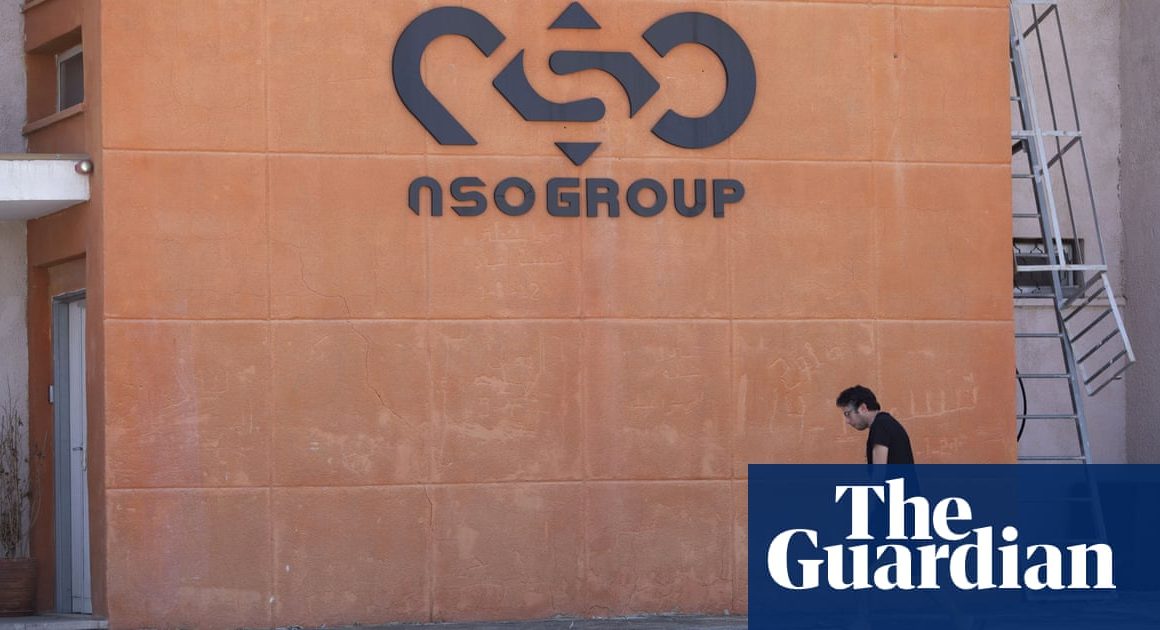Balloons carrying rubbish sent by North Korea have fallen on the compound of South Korea’s presidential office, according to the Yonhap news agency.
Other South Korean media reported the balloons caused no damage. AFP reported that the balloons prompted Seoul to mobilise chemical response teams. Yonhap gave no further details.
It is the first time the South Korean presidential compound in downtown Seoul, which is protected by scores of soldiers and a no-fly zone, has been directly hit by any of the thousands of trash-carrying balloons launched by Pyongyang since May.
“The chemical, biological and radiological [warfare] response team has safely collected the trash balloons,” the presidential security service told AFP.
“After investigation, results have confirmed … no danger or contamination of the object.”
South Korea’s military earlier said North Korea had sent up more balloons likely carrying rubbish, and the North Korean balloons were flying north of Seoul on Wednesday morning after crossing the border.
It was North Korea’s 10th such launch since late May. The more than 2,000 huge balloons so far have dropped wastepaper, scraps of cloth, cigarette butts and even manure on South Korea. North Korea has said it was responding to South Korean activists scattering political leaflets across the border via their own balloons.
If North Korea used a timer or any other device to deliberately drop the balloon on a key facility like the presidential office, it would invite a strong response by South Korea, observers said. The security service refused to disclose whether President Yoon Suk Yeol was at the office at the time. Yoon’s office earlier said he had no official schedule on Wednesday.
In June, balloons sent from North Korea prompted the closure of Seoul’s airport.
The resumption of the balloon flights comes after South Korea boosted its frontline broadcasts of K-pop songs and propaganda messages across the rivals’ heavily armed border.
The tit-for-tat, cold war-style campaigns between the Koreas are inflaming tensions on the Korean peninsula, with the rivals threatening stronger steps and warning of grave consequences.
Experts say North Korea considers South Korean civilian leafleting activities a major threat to its efforts to stop the inflow of foreign news and maintain its authoritarian rule. In furious responses to past South Korean leafleting, North Korea destroyed an empty South Korean-built liaison office in its territory in 2020 and fired at incoming balloons in 2014.
The North’s balloons have not caused major damage but have raised concerns among people worried North Korea could drop hazardous materials like chemical and biological agents.
South Korea said on Sunday it was ramping up its anti-Pyongyang propaganda broadcasts from its loudspeakers at all major sites along the land border because North Korea was continuing launches of trash-carrying balloons. South Korea last Thursday restarted its loudspeaker broadcasts for the first time in about 40 days in retaliation for North Korea’s previous balloon activities.
Observers say South Korean propaganda broadcasts can demoralise frontline North Korean troops and residents. In 2015, North Korea fired artillery rounds across the border in anger over South Korea’s restart of propaganda broadcasts, prompting the South to return fire.
With Associated Press and Agence France-Presse












